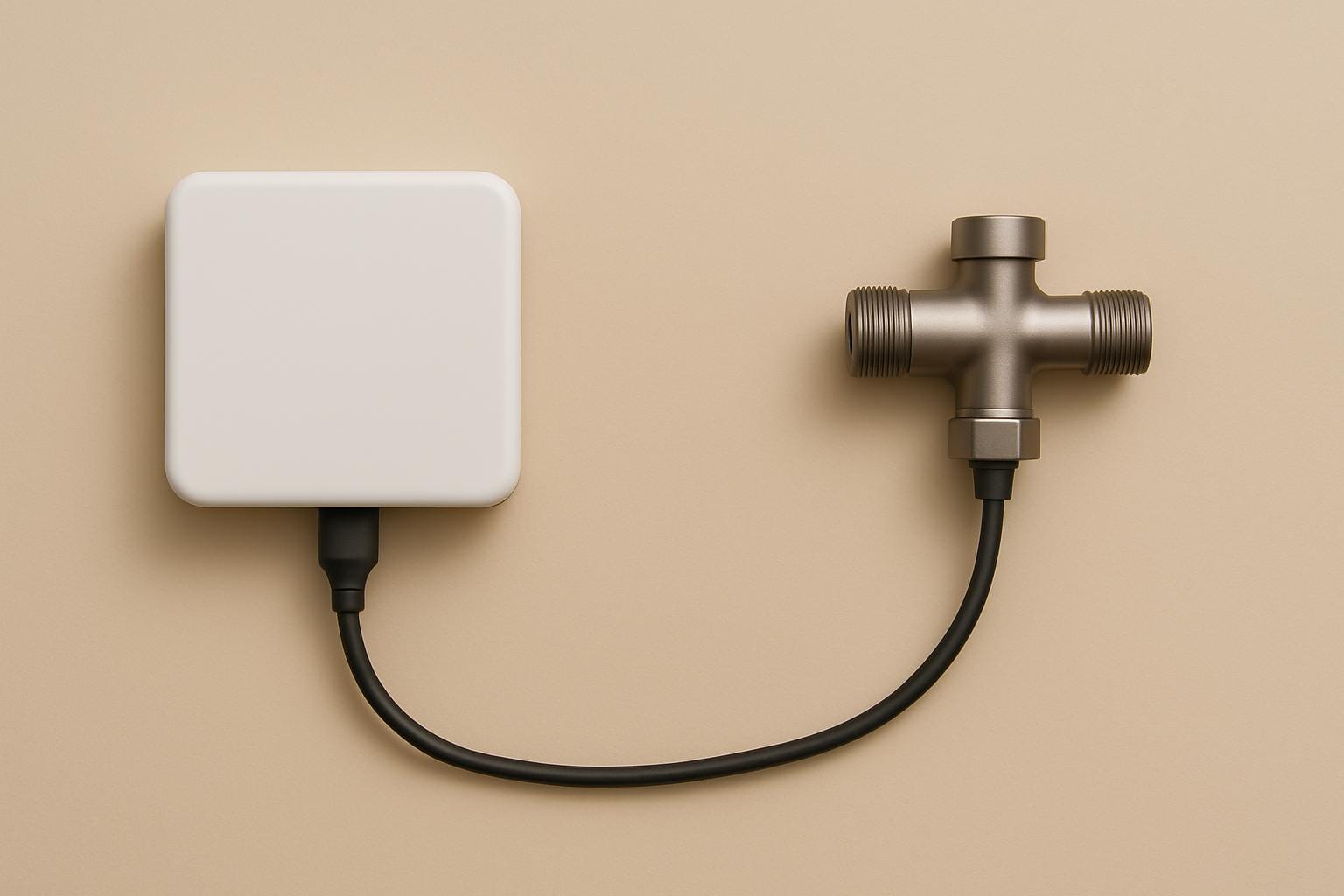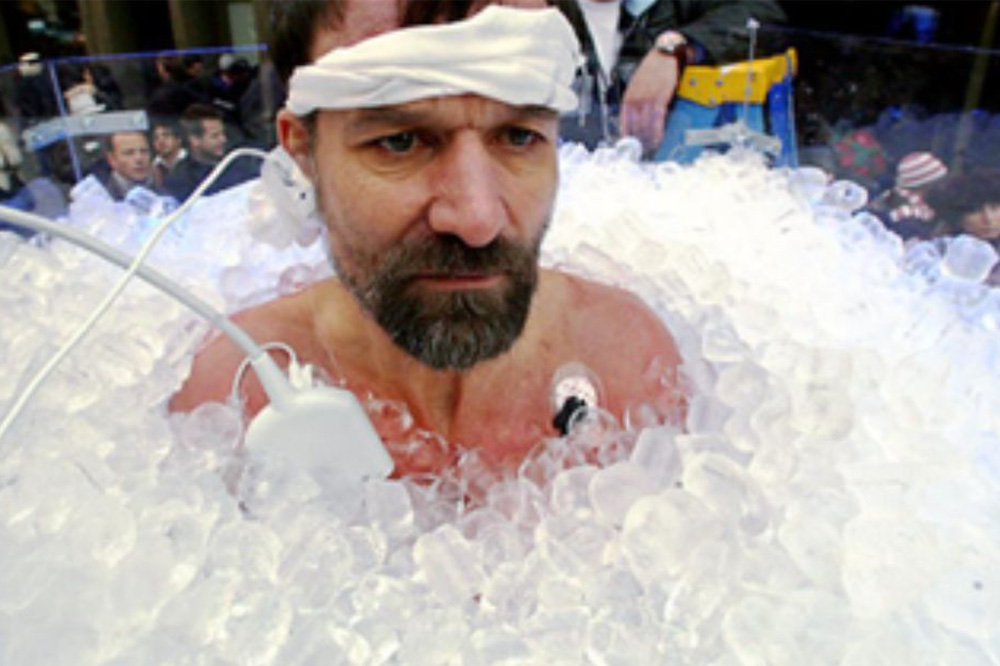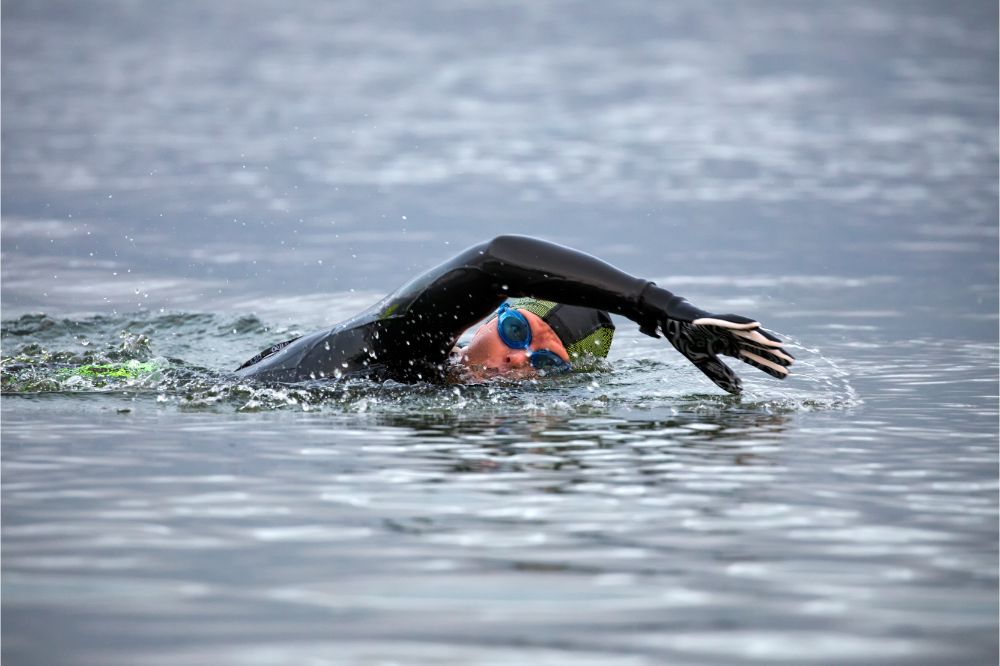Winter and cold water swimming can be rewarding activities full of health benefits like stress relief and improved circulation, but they need to be done safely. Swim buoys or swimming floats may seem unnecessary initially, but they offer many safety benefits if you choose the right one for your style of cold immersion.
When you’re cold water swimming in an open body of water, you should always have access to a swim buoy.
What Is a Swim Buoy?
Swim buoys, or swim floats, are inflatable flotation devices that provide clear visibility of your location in open water while giving you a safe place to rest and float during your swim. There are several types of swim buoys for swimming in open water or a cold water swimming pool.
However, open-water swimming buoys are one of the most recognizable buoys. As stated above, swim buoys provide a safe place to rest on the water but can simultaneously work as a dry bag for storage.
A swim buoy can come in various bright colors, but they usually are a shade of bright red or orange to provide great contrast from its surroundings. You should always ensure that your swim buoy is made with quality material and has an adequately adjustable waist belt and strap.
Plenty of swim buoys available online will provide you with safety and utility. Even the most adept open water swimmers should use a flotation device as a precaution.
At the same time, while enjoying an open water swim in winter, it’s essential to ensure your safety by using a swim buoy for visibility. When swimming in open water, you are likely sharing that space with several water vehicles who may not realize someone is swimming at that time of year; a swim buoy will indicate your presence to these vehicles to avoid accidental collisions.
Furthermore, if you underestimate how far you’ve swum out into the water and become tired in the open water, a swim buoy can provide you with a place to rest before making the swim back to land. Best of all, swim buoys will not weigh you down, while water swimming is as most floatation devices do because buoys follow Bernoulli’s principle of physics.
Swimmers should note that a swim buoy will not provide shelter when faced with weather conditions such as thunderstorms or rough tides. In addition, swim buoys differ from life jackets and will not provide the same level of protection to open water swimmers.
How To Choose a Swim Buoy
There are several swim buoys to choose from when open water swimming. Whether you need a flotation device to allow you to rest on the water or a dry bag to store your belongings while swimming, there is an ideal buoy for you.
Safety
Competitive cold water events require each contestant to wear a tow float buoy. Tow-float buoys are ideal because they don’t drag against the water and subsequently drag the swimmer down. If a worst-case scenario occurs and you or another swimmer begins to sink, the buoy will keep you close to the surface while simultaneously indicating your immediate location.
The safety provided by a swimming buoy creates an environment that increases a swimmer’s confidence. In addition, the peace of mind offered by a buoy can allow swimming athletes to give their all during competition because they know they’ll have a way to rest on the water if they can’t get back to shore.
Visible Color
Since bodies of water reflect the color of the sky, they usually have a blue hue. Almost all swimming buoys are designed with a color that directly contrasts with blue to allow them to stand out in the water. This increases visibility from a distance in the presence of water vehicles or an emergency.
Dry Storage
Many point-to-point open water swimmers utilize a dry bag, so they don’t have to leave their belongings on shore as they traverse the water. Several dry bags fit any occasion you may be cold water swimming. For example, if you’re a triathlete and need to bring food, water, and running shoes in the water with you, there are multi-chambered swimming buoys for sale.
Many flotation devices accommodate swimmers who don’t need as many items on their person while swimming. They come with a simple dry-storage phone case for swimmers who wish to keep their smartphones on hand but dry. If short sessions are for you, a single chamber or dry pouch on your swimming buoy will suffice.
Comfortability
Most swim buoys come with a leash so that the buoy stays out of the way of your stroke range while swimming. Or, consider choosing a swim buoy with an adjustable waist belt that is comfortable to wear while swimming. Otherwise, you’ll be stuck with a waist belt or strap that doesn’t fit well, or worse, chafes and irritates your skin while you swim.
Also, when choosing a swim buoy for winter swimming, look for buoys that are easy to grab and manipulate. Practice catching the buoy on land to build muscle memory because when you’re swimming in cold water, especially without thermal gloves, hand muscles can cramp, making it challenging to grab items if they don’t have an easy grab handle or have small parts.
Where To Buy a Swim Buoy
There are many swimming buoys online to fit your specific preferences and safety precautions.
New Wave Swim Buoy
The New Wave Swim Buoy is an excellent choice for athletic open-water swimmers. The buoy comes in several colors to suit your preference and consists of quality material. One of the best traits of the New Wave swim buoy is its affordability in contrast with quality. Furthermore, you can get a dry smartphone storage case with your buoy.
This lightweight swim buoy floats on the water’s surface to reduce drag and not slow athletic swimmers down. There’s also a dry storage compartment for any small belongings you want to keep on your person.
This swim buoy is classified as a type 3 life jacket, though this is not an adequate replacement for a PFD (Personal Flotation Device).
Zone3 Swim Safety Buoy

The Zone3 swim buoy is a slightly more expensive option, but this buoy comes with a hydration reservoir and bite valve so you can stay hydrated while on the water. The hydration pouch holds up to 1 liter of water, making it ideal for long-distance open water swimmers. The buoy comes with an adjustable waist strap and is a vibrant orange.
Restube Extreme Wild Swimming Safety Buoy

The Restube Swimming Safety Buoy is ideal for swimmers who frequently swim in rougher waters. Swimmers can inflate this buoy in seconds with a simple pull of the inflatable pull mechanism while strapped around your waist.
For swimmers who have difficulty manipulating small objects in cold water, the float can be inflated with a mouth tube or attached to a hip for easier deployment. The Restube Extreme Safety Buoy safety buoys are durable, easy to repack, and sure to last you for a long time.

Restube buoys come in 3 models, one for children, one for regular open water swimming, and one for extreme swimming activities and conditions. Cold water swimmers will prefer the latter variation. Furthermore, this swimming buoy has the option of a splint closing device over traditional velcro straps to withstand harsh conditions.
This buoy is made primarily of nylon with a TPU coating, making it more tear resistant and durable. Restube swimming buoys are designed to provide excellent visibility and buoyancy without hindering the wearer.
Due to its tube-like shape, a Restube buoy doubles as a flotation device and excellent visual aid with a whistle, which you can raise high above the water so nearby boats will see you easily.
Tips for Open Water Safety
Open water swim buoys are a great safety measure for swimmers; however, being prepared for the cold as a swimmer, in general, is equally valuable.
First, take it slow and steady. Building up your confidence and getting used to the temperature close to shore with other swimmers present is an excellent first step, especially when you’re also using a tow-float buoy for the first time. This practice allows you to safely work out discomfort before going too far into open water and ensure you understand how to inflate your buoy quickly.
Once you’re adequately prepared and have begun swimming in open water, stick to the shallows where you can touch the bottom. Sticking to the shallows allows you to rest while practicing with your buoy and become acclimated to open water.
The more you practice, the more comfortable and prepared you will become.
Conclusion
Open water swimming buoys are a vital safety precaution for any cold water swimming training. Buoys offer excellent location visibility while also providing a dry bag storage compartment to keep belongings with you in the water. Swimming buoys lower your chances of drowning when swimming but also offer several other potential benefits.
Whether you’re an experienced cold water swimmer or dipping your toe into the cold for the first time, you should never step foot in the water without a swimming buoy, no matter how experienced you are as a swimmer.











Discussion